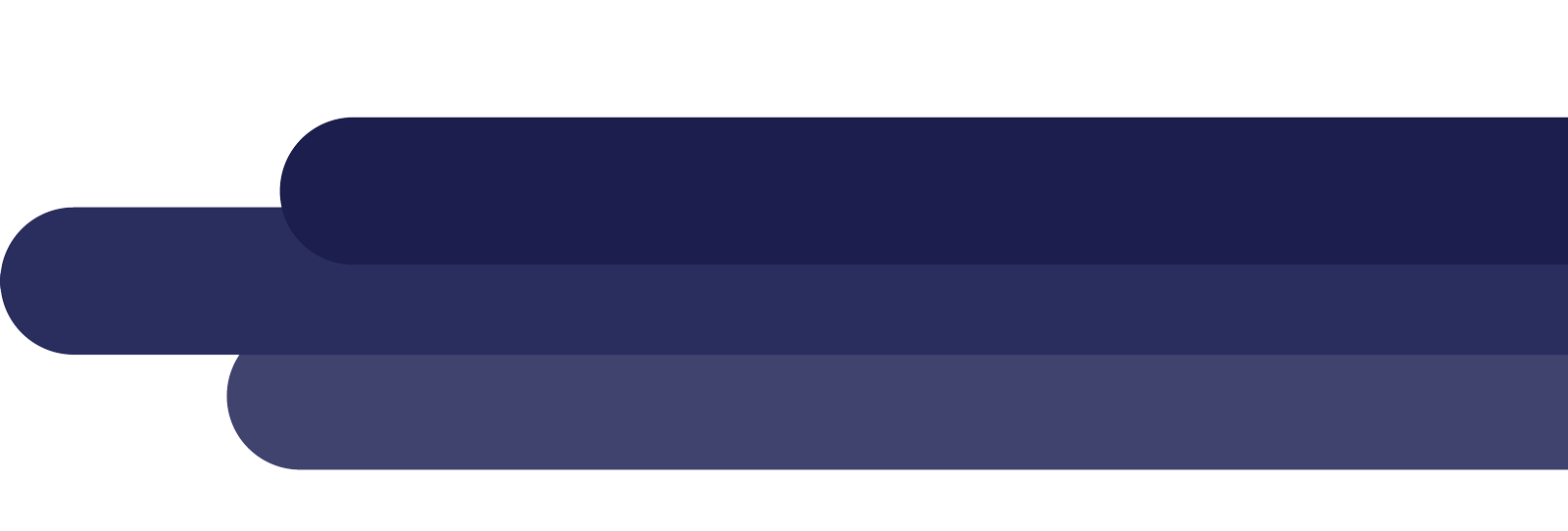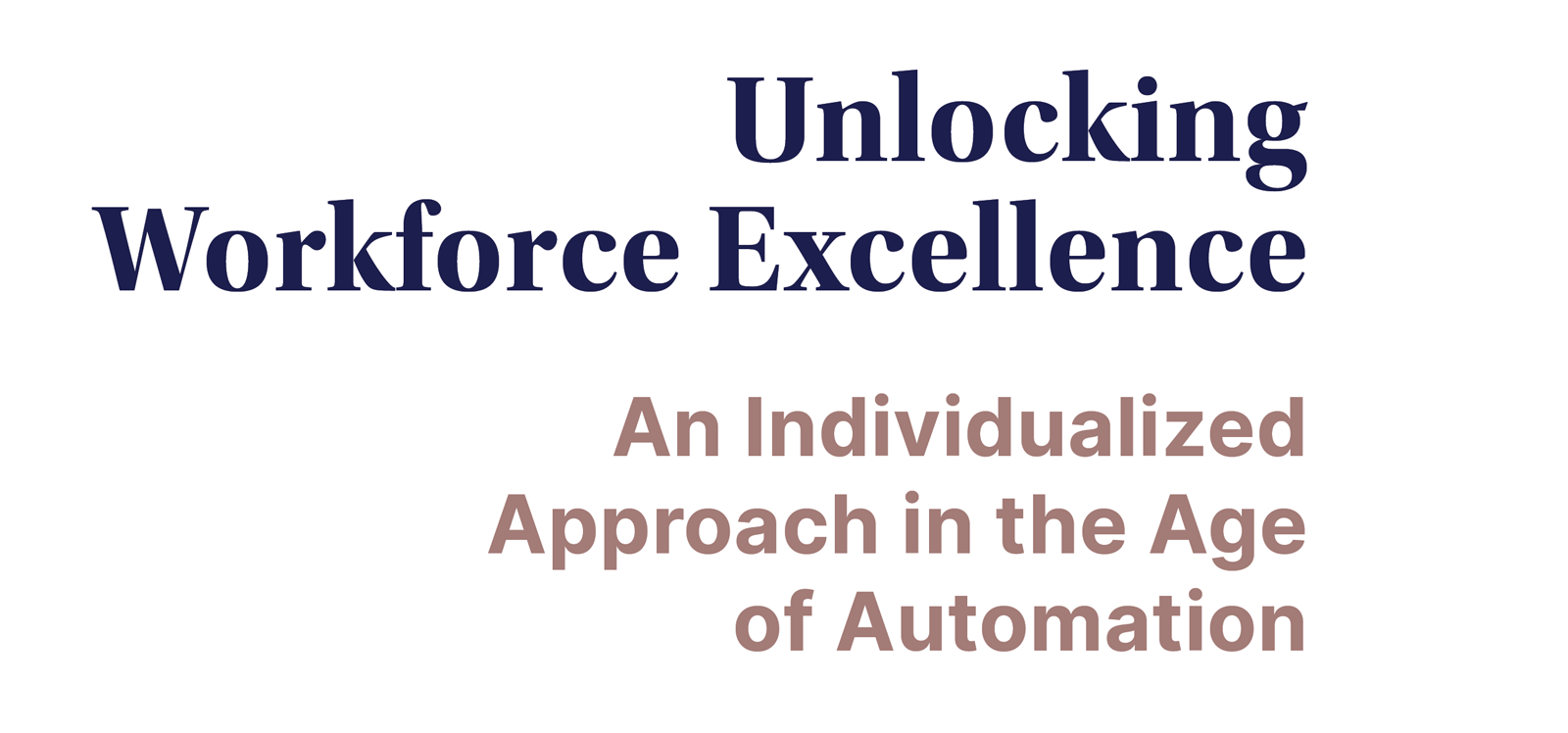



About

IN EVERY ISSUE
1.
PRESIDENT'S MESSAGE
Is the Opposite of Perfect Imperfect?

2.
CEO’S MESSAGE
Building Excellence for Business Growth

3.
FROM THE EDITOR
Welcome to the October 2024 Issue of the Marketer

Calendar of Events
4.

COLUMN
11.
MEMBER PERSPECTIVE
AI: A Tool for Excellence

12.
2024 SMPS Marketing Communications Awards Winners

13.
2024 MCA AWARDS
The 2024 MCA Judges

14.
2024 MCA AWARDS
Best of Show

15.
2024 SMPS MCA
People's Choice Award

16.
SMPS Recognition
Interview with Frank Lippert, FSMPS, CPSM

17.
SMPS Recognition
Announcing the 2024 Class of Fellows

18.
SMPS Recognition
Pearl-Grace Pantaleone Named Chapter President of the Year

19.
SMPS Recognition
2024 Marks the Inaugural Year for SMPS New Award Programs

20.
SMPS HQ
Congratulations to the New CPSMs

When we talk about building an excellent workforce, it is tempting to focus on collective achievements: deadlines met, innovations implemented, and goals exceeded. But the first step in workforce excellence lies in fostering individual strengths to meet collective objectives. Each person on your team brings their own talents, perspectives, and aspirations. And while it is easy to talk about the power of a unified team, true success starts with recognizing and engaging each person as a unique contributor.
Too often, leaders fall into the trap of thinking in broad strokes: the team, the people, and the culture. This can lead to a one-size-fits-all approach. If you want to unlock the full potential of your team, you must first see them as individuals. From there, work to align their unique strengths with both their personal goals and the company's larger objectives. This individualized approach, coupled with fostering a growth mindset and leveraging tools like AI to amplify strengths and augment gaps, is how you can truly achieve workforce excellence. Let's look at how to get started.
1. The Power of Individual Strengths
I lead a team of thirteen amazing individuals: writers, marketing specialists, multimedia designers, graphic designers, SEO whisperers, and social media experts. Our team consists of a mix of ages and genders, introverts and extroverts, and includes a full range of Enneagram personality types. As a work-from-anywhere company, our team members have diverse backgrounds and are located across the United States. This scenario is becoming common for leaders, making one-size-fits-all management styles ineffective in today's varied work environments.
What's a leader to do? It starts with understanding individual strengths and collective goals, then mapping out how best to leverage skills to meet objectives. My team recently explored the Enneagram personality model during a facilitated workshop. The Enneagram is a fascinating tool for understanding what motivates and drives people. I keep my notes at my desk to remind myself that just because I like to work one way (I'm an eight!), others may approach things differently.
Although it can be helpful to use a validated model, understanding the individuals on your team doesn't require a formal process like the Enneagram; it can be as simple as sitting down regularly with each person and asking meaningful questions like:
- How do you know you've done a great job at something?
- What skills do you possess that you could help grow in others on the team?
- What holds you back from starting or finishing projects?
- What drives you to give your all?
- What are you most proud of this year?
- What kind of difference do you want to make?
- How do you see yourself driving our team and company goals forward?

Recognizing an individual's strengths is crucial, but it's equally important to align those strengths with team and company goals to ensure both the employee and the organization thrive.”
The strategy is to create a win-win. Our team starts with the company's long-term vision and annual goals and then determines how our marketing effort can align with and impact those strategic objectives. From there, each individual, with their supervisor, crafts their personal career goals (two at most) that align with our marketing objectives. This ensures that each person sees themselves as part of the team and understands how they personally contribute to the company's success.
2. Encouraging a Growth Mindset
You might have noticed I mentioned "two at most" when creating goals. Some of you might be surprised by that. Why only two? Employees are, of course, expected to fulfill all aspects of their job description throughout the year. However, true goals are meant to go beyond the basics – they should challenge, stretch, and drive growth.
A growth mindset is about accepting that there are always ways to improve and learn. It also means embracing failure as part of that process. At SEH, we talk about "failing forward," which means seeing every setback as an opportunity to grow. If you've learned from an experience, it is not a failure. Growth is about overcoming challenges; as leaders, we should help our teams develop that agility. On my desk, I keep a note that says, "There's no celebration without a challenge." We don't celebrate the easy wins. We celebrate bold moves, even if they're small.
Cultivating a growth mindset also means understanding that not everyone celebrates in the same way. Some employees appreciate public recognition, while others prefer a quieter acknowledgment. The same flexibility that applies to their work style should also apply to how we celebrate their successes.

3. Amplify Strengths, But Don't Ignore Limitations
Even the best employee you have, the rockstar or the go-to person, has areas where they struggle. For some, it might be prioritization or managing multiple tasks. Others might be strong visionaries but have difficulty clearly communicating their ideas. Some team members may excel in creative thinking but get bogged down in execution, while others are great at driving results but may lack the empathy needed for effective collaboration.
As a leader, it's important to identify these limitations – not to point out weaknesses, but to help your team overcome or compensate for them. This could mean offering training, mentoring, or providing support in other ways. Typically, the best solution isn't to force a square peg into a round hole. Not every limitation needs to be fixed by developing a new skill; sometimes, it is more effective to delegate or supplement these gaps with technology.
AI tools (we use Copilot 365 company-wide) can fill in some of those gaps. For example, a writer who struggles with clarity can use AI to identify areas where the message becomes convoluted, making the editing process more efficient and structured. A project manager with too many tasks on their plate can automate specific processes to ensure they focus on higher-level decisions. AI can be tailored to each individual's particular needs, allowing team members to focus on their strengths while reducing the impact of their limitations.
It's also important to acknowledge that not every passion or skill a team member wants to develop will be necessary or relevant to meeting your team's goals. As a leader, you have to balance fostering individual growth with maintaining focus on the company's objectives. That balance may involve having difficult conversations about whether a specific skill is necessary for their role or can be assigned to technology or other team members. Encouraging growth is key, but so is recognizing when you can manage a particular limitation with the right tools.
Practical Strategies for Leaders: Bringing it All Together
Building a robust, high-performing team is not about fixing every problem or pushing every team member to master every skill. Instead, it's about creating an environment where individual strengths are amplified, limitations are acknowledged and managed, and every person feels supported to grow in ways that align with their personal ambitions and the company's goals. I firmly believe that when team members feel empowered to lean into their strengths, they are more engaged, motivated, and productive.

Here are some practical steps to start today:
Work with your team to create personalized development plans:
When crafting these plans, focus on goals that encourage growth rather than just completing tasks. Make sure each plan ties back to the team member's career aspirations and your organization's strategic goals.
Incorporate growth mindset assessments into feedback cycles:
Regularly assess and encourage a growth mindset through performance reviews, conversations, and challenges. Help your team members see failure as an opportunity for learning and make space for them to try new approaches.
Identify limitations and leverage technology:
Help team members address their limitations by introducing and promoting the use of AI tools. Automate the areas where they may struggle so they can focus on their core strengths and responsibilities.
Create a culture of continuous learning and improvement:
Encourage a work environment where team members feel comfortable experimenting, failing forward, and sharing what they learn with others. A supportive culture of growth retains talent and fuels long-term success.

In today's competitive landscape, workforce excellence is not just about hitting deadlines or driving results. It lies in recognizing the power of personalization. Each individual contributes to the organization's collective success, and by helping them leverage their strengths while managing their limitations, you can unlock the full potential of your team. When individuals thrive, so does your organization.
Emily Honerbrink, is a Senior Strategic Marketing Manager and Principal at SEH, with nearly two decades of experience in the marketing industry, including over nine years in the A/E/C industries. She leads SEH's multichannel marketing efforts and oversees strategic growth initiatives with a focus on AI-driven innovations and workforce excellence.

Connect with Emily on











